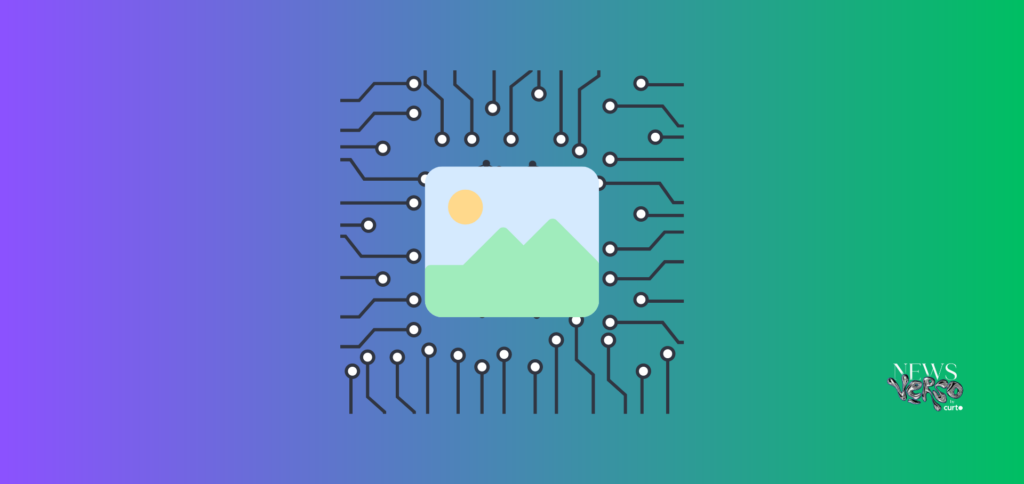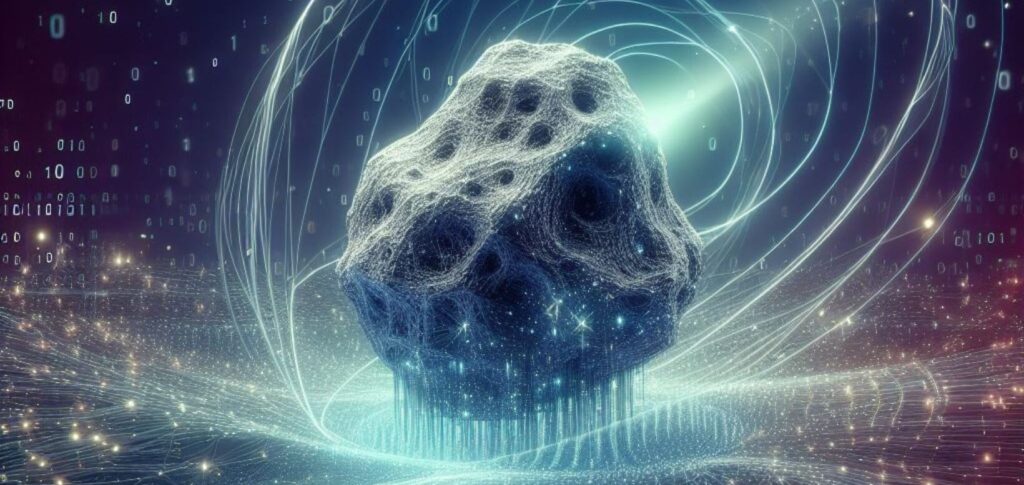In the case of GANs, the model consists of a generator and a discriminator, both made up of neural networks. The generator creates images from random noise, while the discriminator tries to distinguish whether the generated image is real or fake. As training progresses, the generator learns to generate increasingly realistic images that fool the discriminator.
ADVERTISING
Autoregressive flow models, such as PixelCNN, generate images pixel by pixel, following a probability distribution. This model starts by generating the first pixel of the image and then uses that information to generate the next pixel, and so on, until the entire image is generated.
Regardless of the method used, it is essential to feed artificial intelligence with a large and diverse training data set, which contains images of faces, animals, landscapes and other elements.
The more diverse and voluminous the training data set, the better the AI's ability to create realistic and convincing images. In short, AI imaging is a constantly evolving field that promesignificant advances in several areas, including design, advertising and entertainment.
ADVERTISING
*The text of this article was partially generated by ChatGPT, an artificial intelligence-based language model developed by OpenAI. Text entries were created by Curto News and responses intentionally reproduced in full. The answers from ChatGPT are automatically generated and do not represent the opinions of OpenAI or people associated with the model. All responsibility for published content rests with Curto News.
See also:





